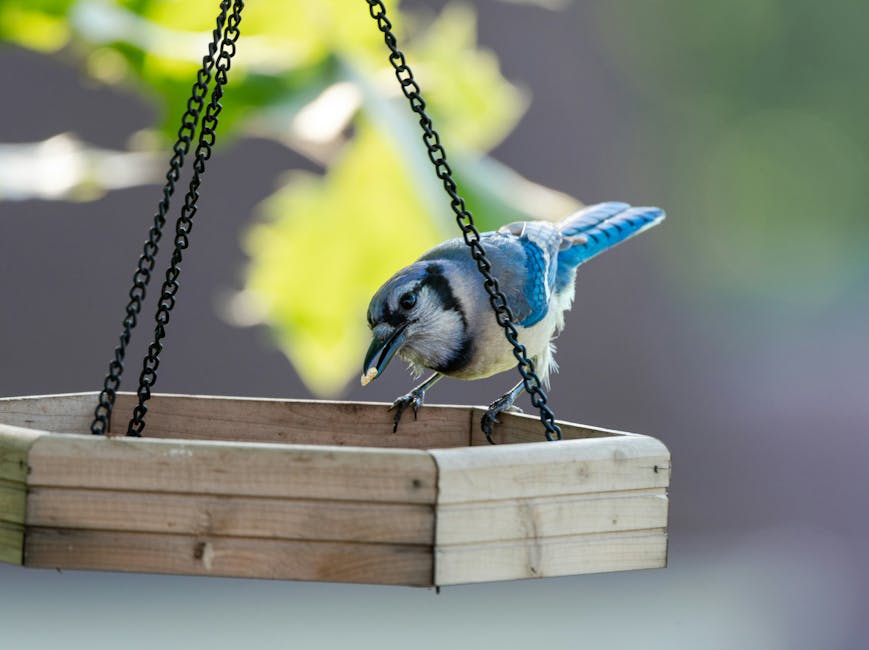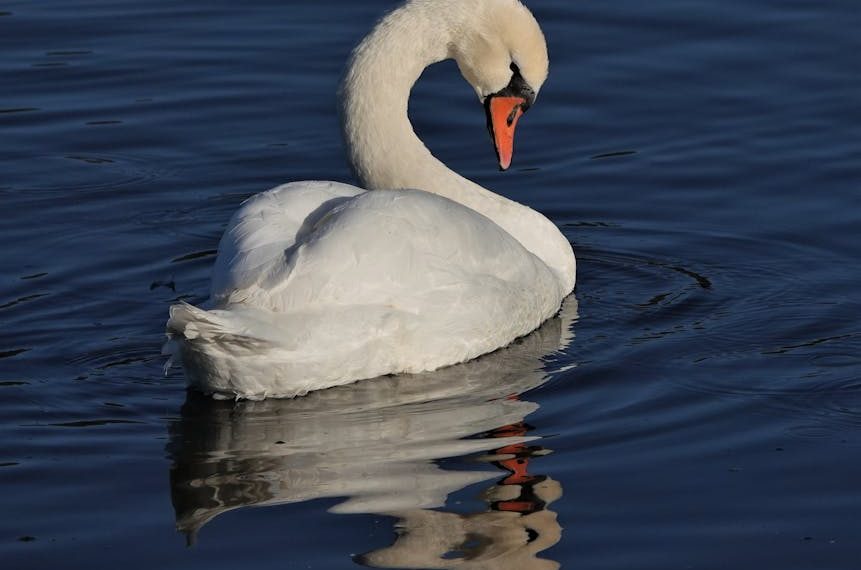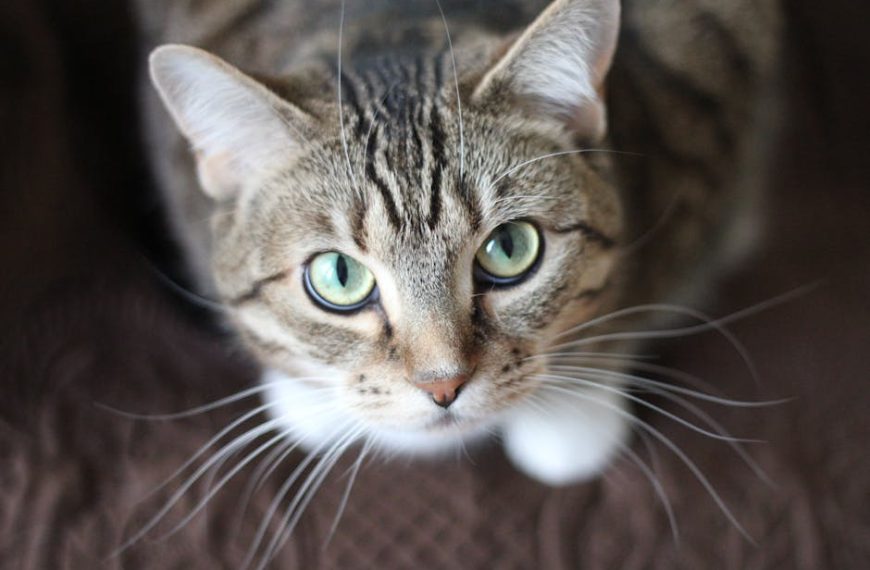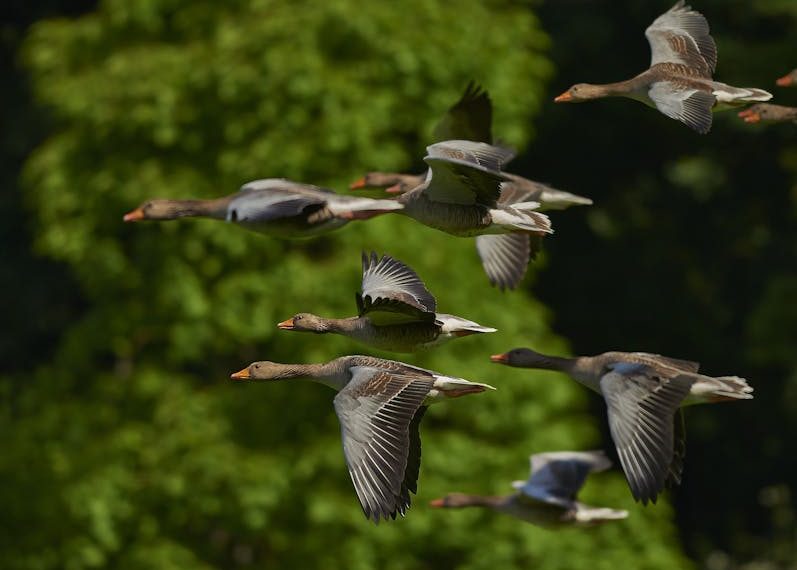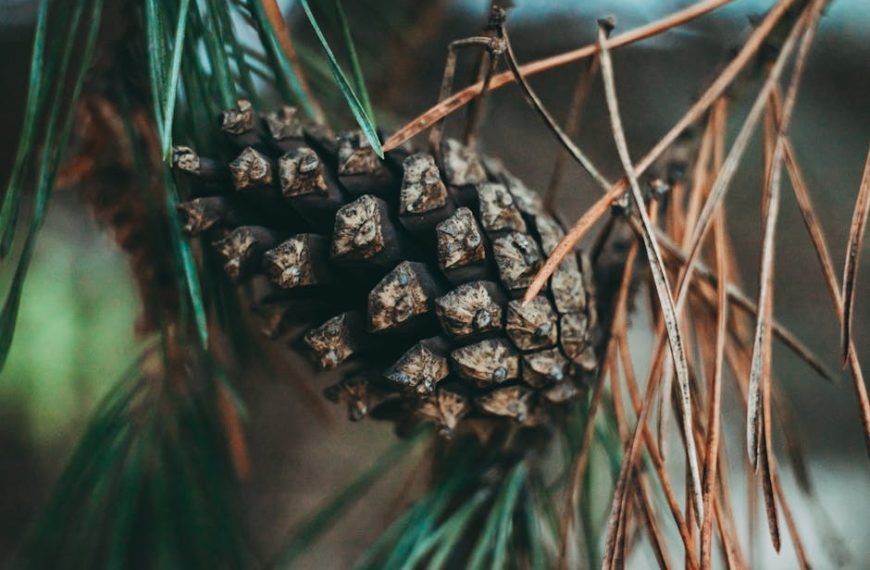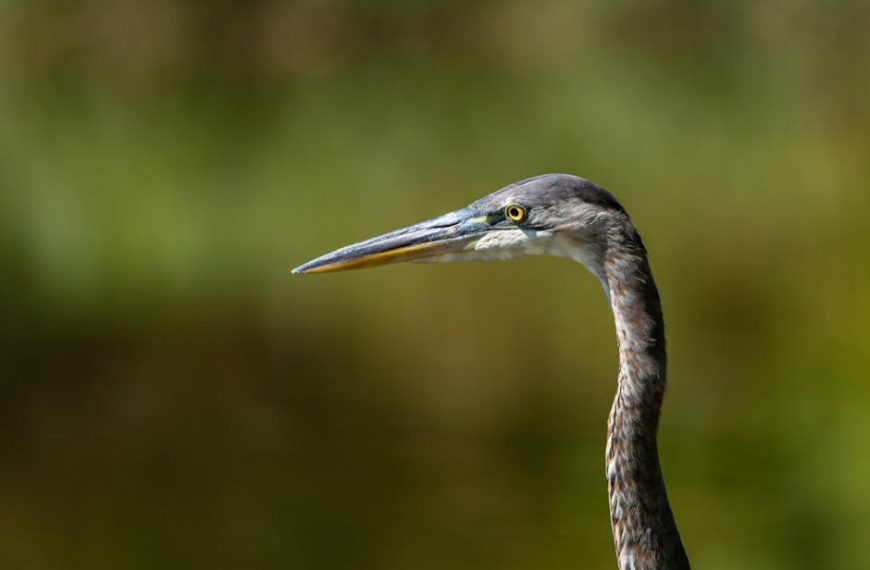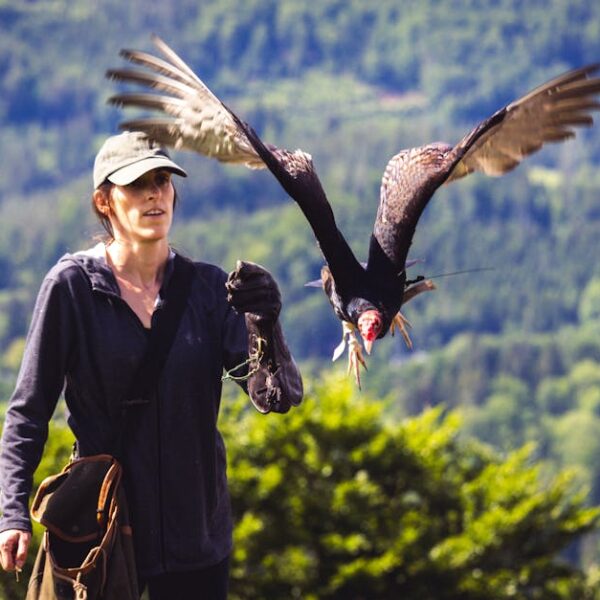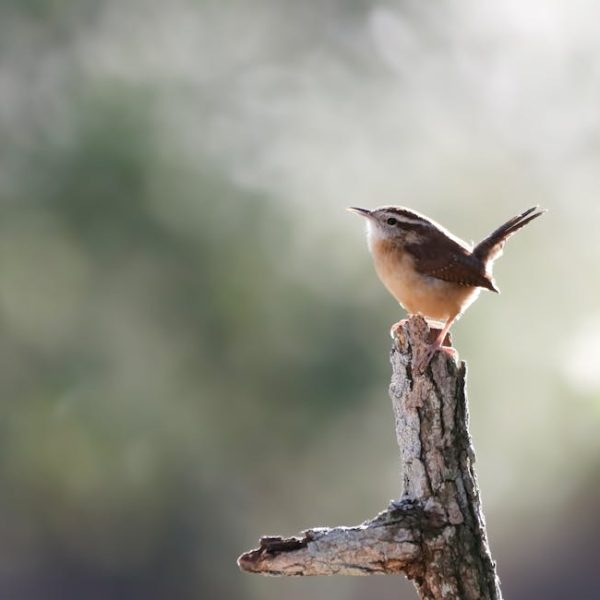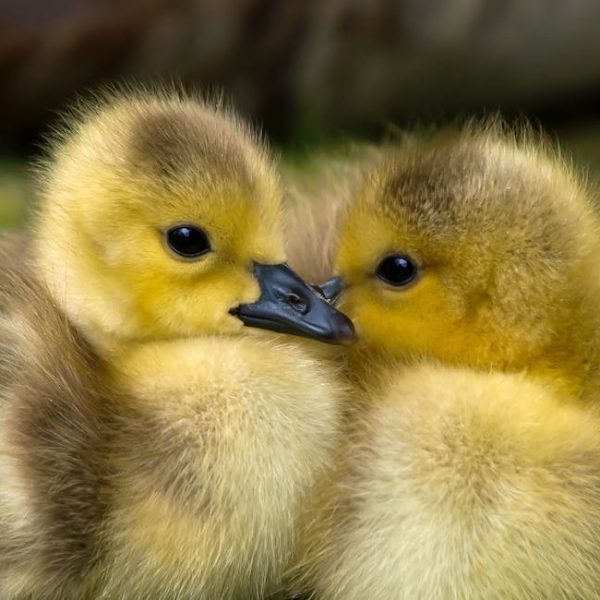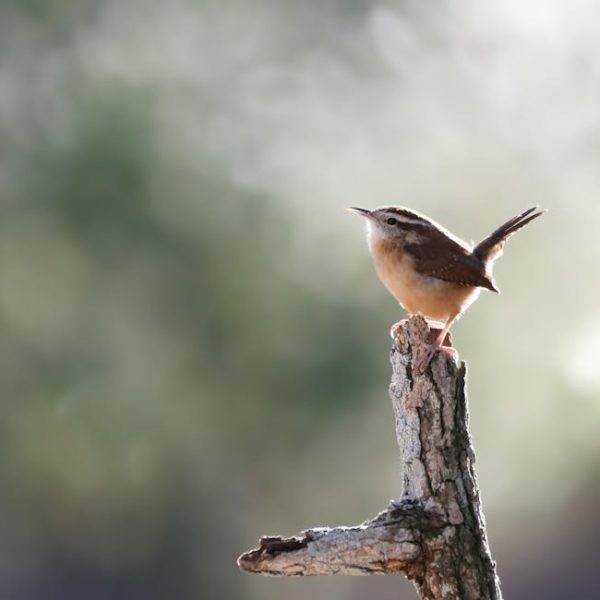Owning a bird feeder can be a fascinating hobby, providing an opportunity to observe diverse bird species up close. However, attracting big birds can pose challenges, from crowding out smaller species to causing actual damage to feeders due to their weight. Thankfully, there are strategies to deter these larger birds without disturbing your overall backyard ecosystem. Let’s explore these methodologies in detail.
Understanding the Problem with Big Birds
Having big birds such as crows, pigeons or magpies around your bird feeder is not necessarily a problem in itself. In fact, these species bring vibrancy to your backyard and also play significant roles in nature, such as controlling pests. However, their dominating nature, not to mention their size and weight, can unsettle the more diminutive and often shy bird species. The latter would rather keep away than face their larger counterparts in a battle for food.
An influx of larger birds might result in:
- Disruption to your backyard harmony
- Damage to your bird feeders due to excess weight
- Unequal distribution of feed, with smaller, shyer species missing out.
If your goal is to create a peaceful sanctuary for a variety of birds, but primarily smaller ones, taking steps not to attract larger species would be advantageous.
Choosing the Right Feeder
Choosing the correct feeder can play a crucial role in controlling the types of birds you attract. Here’s what to consider:
- Outlet Size: Larger birds will struggle to access feeders where the outlets for seed are too small for their large beaks.
- Dimensions: Birds find it difficult to land on feeders which don’t offer enough space for their larger frames.
- Perches: Big birds prefer sturdy, wide perches. Opt for a feeder with small, thin perches.
It’s beneficial to remember these features when you’re shopping for a bird feeder to deter larger birds.
Placement of The Feeder
Placement also plays a key role in determining what birds your feeders attract. Larger birds prefer open space, providing them a clear view of potential predators. On the other hand, smaller birds are often more comfortable near shrubs or small trees – places larger birds would generally avoid.
Follow these steps for the perfect feeder placement:
- Locate an area near shrubs or small trees.
- Place the feeder within close distance to allow smaller birds easy access.
- Avoid open, spacious areas attracting big birds.
- Consider placing the feeder slightly above ground to not obstruct smaller birds.
Remember, finding the right spot could take some trial and error.
Adjusting the Feed
Certain types of seeds or mixes are irresistibly attractive to big birds. To encourage smaller species, consider using seeds that are generally less appealing to larger species.
- Nyjer seeds, safflower seeds, and fine sunflower chips will usually attract small finches, sparrows, and chickadees without encouraging larger species.
- Mixing different types of these seeds can achieve a balanced diet for small birds.
Remember, adjusting your feed is a cost-effective and easy way to control the species visiting your feeder. Make sure you monitor the types of birds attracted by your blend and adjust accordingly.
And that’s it! By understanding the challenges presented by large birds and implementing the suggestions discussed above, you can maintain a bird-friendly backyard, keeping your feathered friends of all sizes happy, healthy and well-fed.
Using Deterrents
Aside from choosing the right feeder and adjusting the feed, using deterrents can be another effective strategy in discouraging larger birds from frequenting your feeder. However, it’s equally important that these deterrents are non-disruptive to the smaller birds you are trying to attract.
Common bird deterrents include:
- Bird Spikes: These make it uncomfortable for larger birds to land or perch on feeders.
- Reflective Objects: Big birds are often deterred by sudden flashes of light, so hanging reflective CDs or mirrors can be quite effective.
- Wind Chimes: The noise produced can spook away larger birds.
When using deterrents, it’s important to periodically check that they are functioning as intended and not encouraging unwanted species or causing distress to the smaller birds.
Pro Tip:
Be wary of local laws before implementing bird deterrents; some methods can be considered illegal or unethical.
Conclusion
Big birds can present a challenge to backyard bird-watchers. The domination of feeder space, scaring off small birds, and potential damage to the feeder itself underline the need for a well-thought-out strategy. Making the right choices in your feeder selection, adjusting the type of feed, and placing it strategically, combined with ethical use of deterrents can help maintain a peaceful and diverse bird environment in your backyard. Just like us, birds come in all shapes and sizes, and with a little planning, there’s room for everyone. Enjoy your backyard bird watching!
Best Practices:
- Place the feeder near shrubs or small trees
- Use a feed that is less appealing to larger birds and more attractive to smaller ones
- Install non-harmful deterrents to discourage larger birds
- Monitor the types of birds that visit your feeder and adjust strategies as needed
- Always consider the local wildlife ethics and laws before implementing deterrents.
Checklist:
- [ ] Have you chosen the right feeder with smaller outlets and perches?
- [ ] Is the feed specifically targeted towards smaller bird species?
- [ ] Are you using ethical deterrents around your feeder?
- [ ] Have you placed the feeder near shrubs or smaller trees?
- [ ] Are you monitoring and adjusting your strategies based on the types of birds showing up?
Ensure that you’ve ticked off all these points to keep larger birds at bay while attracting and feeding smaller ones in your backyard. Happy birdwatching!
Key Takeaway:
- Big birds can create imbalance in the backyard ecosystem by scaring smaller birds and competing with them for food and space.
- Carefully considering the type of feeder, its placement, and the kind of feed used can deter large birds from frequenting bird feeders.
- Outfitting the area with deterrents that are safe and non-disruptive to small birds can keep larger birds away.
- Constant monitoring and adjustments based on the types of visiting birds can ensure a balanced and peaceful bird environment.
While it might seem challenging to deter larger birds without causing disruption to your backyard life, it’s entirely possible with some thoughtful planning and strategic moves. Embrace the rich diversity of bird species by creating a welcoming environment for smaller birds. Enjoy the beautiful symphony of chirps and tweets every day in your own bird-sanctuary-at-home!
FAQs
Q: Can I use nets to prevent larger birds from reaching the bird feeder?
A: While nets may deter large birds, they could also pose a threat to all birds, including smaller species, by entangling them. It’s best to employ safer strategies like choosing the right feeder or using non-harmful deterrents.
Q: Will using deterrents harm the larger birds in any way?
A: If correctly chosen and deployed, deterrents should not harm the birds. They merely make the area around the feeder less appealing or accessible to larger birds. Remember, always opt for deterrents that are safe and ethical.
Q: What if I want to feed both larger and smaller bird species?
A: If your intent is to attract a variety of birds, consider having separate feeding stations. Set up a sturdy feeder for larger birds at a safe distance from the one designed for smaller birds.
Q: Are there any specific feed types that could potentially harm bigger birds?
A: While certain feeds may not be as appealing to larger birds, there’s usually no harm in them ingesting it. Always ensure that the feed you provide is safe for all birds to consume.
Q: What laws should I check before installing bird deterrents in my yard?
A: Laws regarding bird protection and deterrent use can vary by location. Check with your local wildlife department or do adequate online research before implementing any deterrent strategies.
We encourage you to share this article and look for more insightful posts on our website to enhance your bird-watching experiences!
